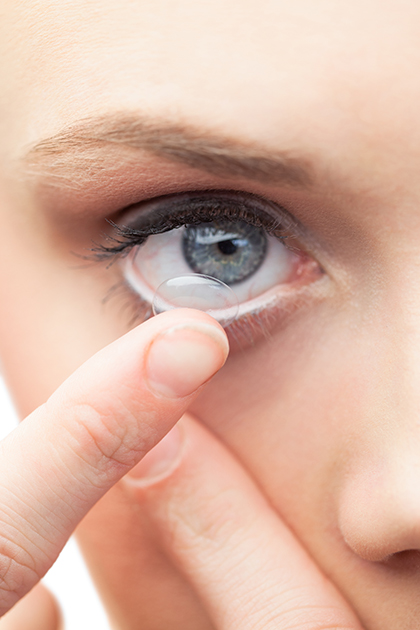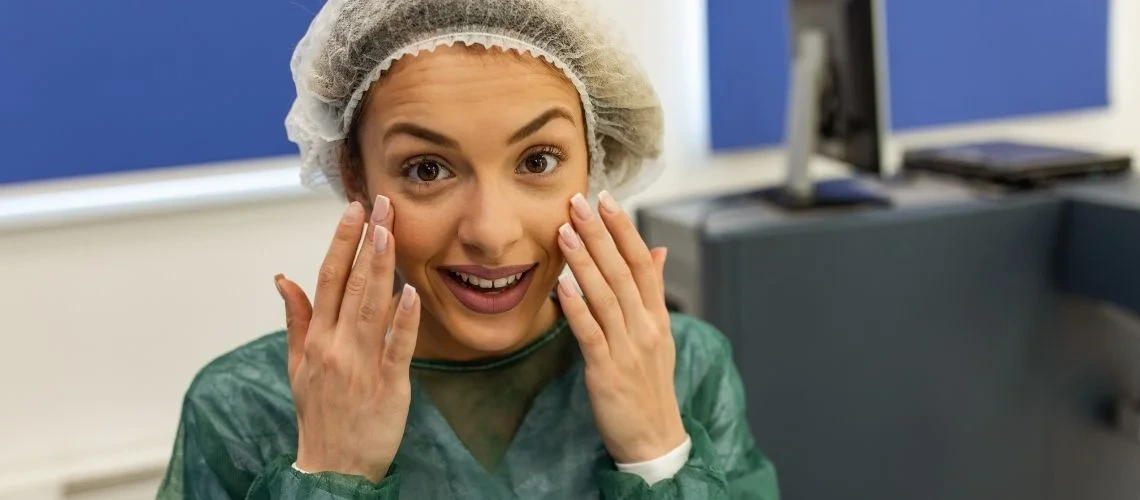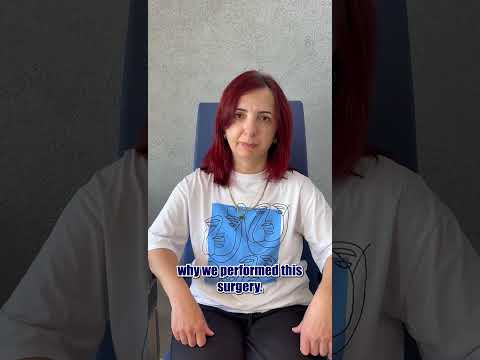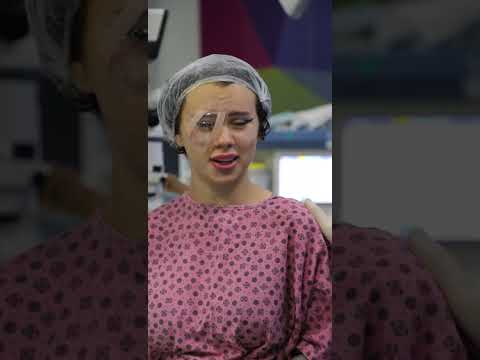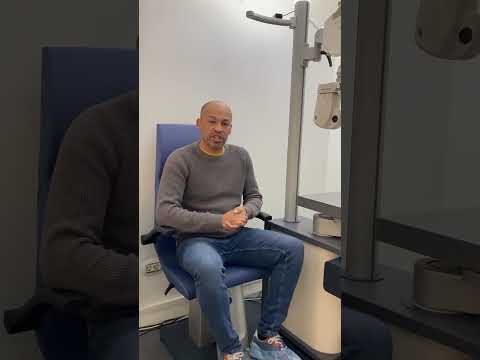Glaucoma, medically known as ocular hypertension, is a disease that occurs when the optic nerve is damaged due to elevated intraocular pressure. This condition initially causes narrowing of the visual field and may eventually lead to permanent vision loss. It is the second most common cause of vision loss worldwide, following cataracts.
In some cases, glaucoma may also occur in individuals whose intraocular pressure is within normal limits but who suffer from poor blood supply to the optic nerve. This is referred to as Normal-Tension Glaucoma.
What Are the Symptoms of Glaucoma?
Glaucoma is a particularly insidious disease that can progress without showing any symptoms in many patients. Individuals over the age of 40 who undergo annual routine eye exams—including intraocular pressure measurement and optic nerve analysis (OCT)—can have glaucoma diagnosed early, just like other eye conditions.
In certain types of glaucoma, such as angle-closure glaucoma, symptoms may appear suddenly and include eye pain, blurred vision, and redness. This is a medical emergency that requires immediate attention, as delayed intervention can lead to irreversible blindness.
In summary, glaucoma symptoms may include:
-
Eye pain
-
Headaches
-
Seeing halos around lights
-
A feeling of pressure or fullness in the eyes
-
Narrowing of the visual field
How Is Glaucoma Diagnosed?
A single intraocular pressure measurement is not enough to diagnose glaucoma. The following tests are usually required before confirming the condition:
-
Intraocular pressure (IOP) measurement
-
OCT (Optical Coherence Tomography) to analyze the optic nerve
-
Visual field test
The main goal in glaucoma diagnosis is to detect the disease at an early stage. OCT imaging is particularly useful here, as it can reveal optic nerve damage even in the very early phases. Patients who show early changes on OCT are likely to develop visual field loss at later stages.
Who Is at Risk for Glaucoma and What Are the Types?
The most common type is Primary Open-Angle Glaucoma, which can affect individuals of all ages but is more frequent after age 45.
A more symptomatic and urgent form is Angle-Closure (Narrow-Angle) Glaucoma, which is more often seen in women, individuals with hyperopia (farsightedness), or those with a family history. Symptoms in this type include sudden pain, blurred vision, and headaches—requiring immediate medical attention.
It is important to note that glaucoma does not always mean elevated eye pressure. If optic nerve damage is present despite normal pressure, it is called Normal-Tension Glaucoma. Conversely, if the intraocular pressure is high but the optic nerve remains unaffected, this is known as Ocular Hypertension. Differentiating ocular hypertension from true glaucoma is crucial, as the presence of high IOP alone does not confirm glaucoma.
What Are the Treatment Options for Glaucoma?
The primary objective in glaucoma treatment is to protect the optic nerve by improving its blood supply and halting further damage. This is achieved by lowering intraocular pressure.
There are three main treatment options:
-
Medication (Eye Drops)
-
Laser Therapy (such as SLT or ALT)
-
Surgical Intervention
Initial treatment typically involves medicated eye drops. If the patient shows no response or cannot tolerate the drops, laser treatments like SLT (Selective Laser Trabeculoplasty) or ALT (Argon Laser Trabeculoplasty) may be used. Surgery is recommended without delay if the disease continues to progress despite medication and laser therapy.
Contact Us
For more information about glaucoma (ocular hypertension) treatment or to schedule an appointment, please feel free to contact our clinic.




